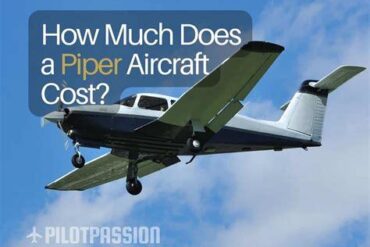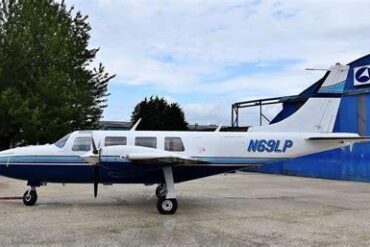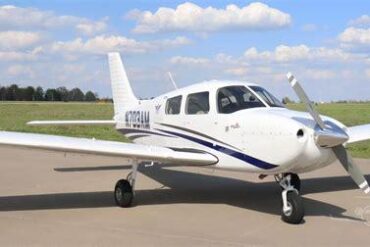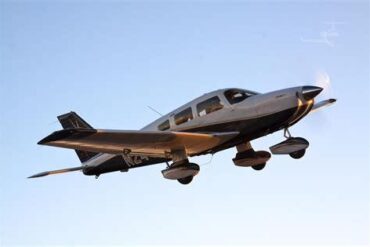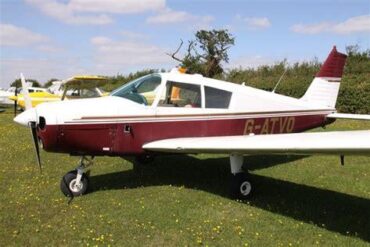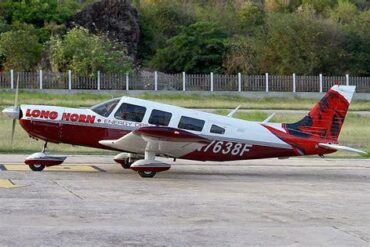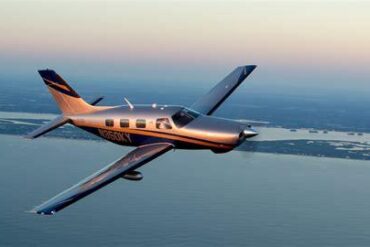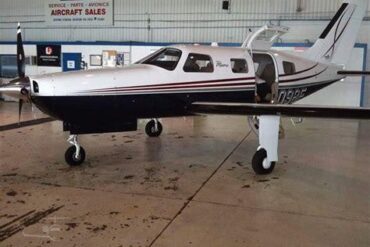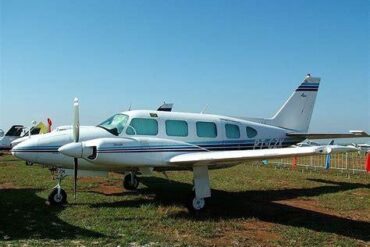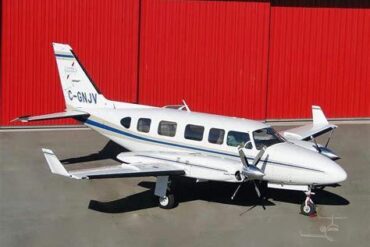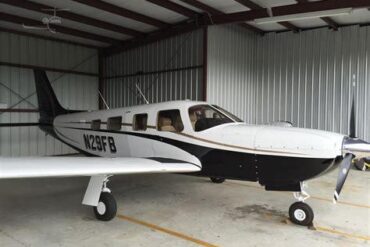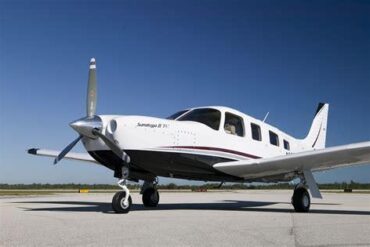The Piper Seminole PA44 stands as a paragon in the world of light twin aircraft, balancing performance, reliability, and cost-effectiveness. As aviation enthusiasts and potential owners seek to understand the financial implications of acquiring and operating this remarkable aircraft, we delve into the intricate details of the Piper Seminole PA44’s price and its operating costs. This comprehensive guide will provide valuable insights to help you make informed decisions.
Overview of the Piper Seminole PA44
The Piper Seminole PA44 is a twin-engine aircraft renowned for its robust construction and versatility. Equipped with Lycoming IO-360 engines, this aircraft offers a maximum cruise speed of approximately 200 knots, making it ideal for both training and cross-country flying. The Seminole can accommodate up to four passengers, providing a comfortable experience for both pilot and crew. Its combination of stability and performance makes it a favorite among flight schools and private owners alike.
Purchase Price of the Piper Seminole PA44
When considering the acquisition of a Piper Seminole PA44, it is crucial to understand the various factors that influence its purchase price. The market value of a Seminole can range from $150,000 to $400,000 depending on several key aspects:
1. Aircraft Age and Condition
The age of the aircraft plays a significant role in determining its price. Generally, newer models equipped with the latest avionics and technology command higher prices. However, well-maintained older models may offer excellent value, especially for budget-conscious buyers. Additionally, the aircraft’s maintenance history and overall condition, including interior and exterior aesthetics, can impact its value.
2. Upgrades and Modifications
Many owners invest in upgrades to enhance their Seminole’s performance and comfort. Features such as advanced avionics systems, upgraded interiors, and improved safety features can significantly increase the aircraft’s market value. Buyers should carefully consider whether these upgrades align with their flying needs and budget.
3. Geographic Location
The geographic location of the aircraft can also influence its price. Aircraft located in regions with higher demand for flying, such as areas near major cities or flight schools, may be priced higher than those in less populated areas. It’s essential to research regional markets to ensure a fair purchase price.
4. Market Trends
Like any other market, the aviation market experiences fluctuations based on supply and demand. Keeping an eye on market trends, including economic conditions and the popularity of light twin aircraft, can help prospective buyers make informed decisions regarding timing and pricing.
Financing Options for the Piper Seminole PA44
Financing plays a crucial role in the acquisition of a Piper Seminole PA44. Potential buyers have several financing options available, including:
1. Traditional Loans
Many banks and financial institutions offer traditional loans specifically designed for aircraft purchases. Buyers typically provide a down payment ranging from 10% to 20%, with loan terms varying from 5 to 20 years. Interest rates can fluctuate based on the buyer’s creditworthiness and market conditions.
2. Aircraft Leasing
Leasing can be a viable option for individuals or organizations looking to minimize upfront costs. Aircraft leasing allows buyers to pay a monthly fee for the right to use the aircraft without the long-term commitment of ownership. At the end of the lease term, lessees may have the option to purchase the aircraft at a predetermined price.
3. Fractional Ownership
For those who fly less frequently or want to share the costs with other pilots, fractional ownership provides an opportunity to own a share of the aircraft. This arrangement significantly reduces the financial burden of full ownership while still allowing access to the Piper Seminole PA44’s exceptional capabilities.
Operating Costs of the Piper Seminole PA44
Understanding the operating costs associated with the Piper Seminole PA44 is essential for prospective owners. Operating costs encompass a variety of expenses, including fuel, maintenance, insurance, and more. Below is a detailed breakdown of the typical operating costs:
1. Fuel Costs
The Piper Seminole PA44 operates on 100LL avgas, and fuel efficiency is a critical consideration. The aircraft consumes approximately 18 to 20 gallons per hour during flight. With average fuel prices hovering around $6 per gallon, owners can expect to spend between $108 and $120 on fuel per hour of flight time. This figure may vary based on flight conditions, weight, and operational practices.
2. Maintenance Expenses
Routine maintenance is vital to keeping the Piper Seminole PA44 in optimal flying condition. Owners should budget for regular inspections, oil changes, and unforeseen repairs. Annual maintenance costs can range from $5,000 to $15,000, depending on the aircraft’s usage and condition. Key maintenance considerations include:
-
100-hour and annual inspections: Required by aviation regulations to ensure the aircraft’s airworthiness.
-
Engine maintenance: Overhauls may be necessary every 1,500 hours or so, with costs averaging around $30,000 per engine.
-
Avionics updates: As technology advances, updating avionics systems can enhance safety and performance, costing between $10,000 and $50,000 depending on the upgrades.
3. Insurance Costs
Aircraft insurance is a critical aspect of ownership. The cost of insuring a Piper Seminole PA44 typically ranges from $1,200 to $3,500 annually, depending on factors such as the pilot’s experience, coverage levels, and aircraft value. It is advisable for owners to shop around for the best insurance rates while ensuring adequate coverage.
4. Hangar or Tie-Down Fees
Where the aircraft is stored significantly impacts operating costs. Hangar fees can range from $300 to $1,200 per month, depending on location and facilities. Alternatively, tie-down fees at public airports can be more affordable but may expose the aircraft to weather elements. Owners should consider the long-term benefits of hangar storage versus the costs involved.
5. Miscellaneous Expenses
Additional operating costs may include:
-
Pilot training: Ensuring that pilots are adequately trained for multi-engine aircraft can add to the overall expense, especially for new owners. Training costs can range from $3,000 to $10,000.
-
Navigation and communication subscriptions: Costs associated with services like ForeFlight or SiriusXM weather can add approximately $500 to $1,500 per year.
-
Tires and brakes: Routine replacements may incur costs of $2,000 to $5,000 depending on usage and wear.
Cost-Effectiveness of the Piper Seminole PA44
Despite the upfront purchase price and ongoing operating costs, the Piper Seminole PA44 is often regarded as a cost-effective option in the world of twin-engine aircraft. Its ability to serve multiple purposes, from flight training to private travel, makes it a versatile investment. The aircraft’s reliability and performance contribute to lower operational disruptions, enhancing its overall value.
Conclusion
In summary, the Piper Seminole PA44 is a compelling choice for those seeking a reliable, efficient, and versatile twin-engine aircraft. While the initial purchase price can range significantly based on various factors, prospective buyers must also consider the comprehensive operating costs that will impact their budget. By understanding these financial aspects, aviation enthusiasts can make informed decisions, ensuring that their investment in the Piper Seminole PA44 aligns with their flying goals and financial objectives.

